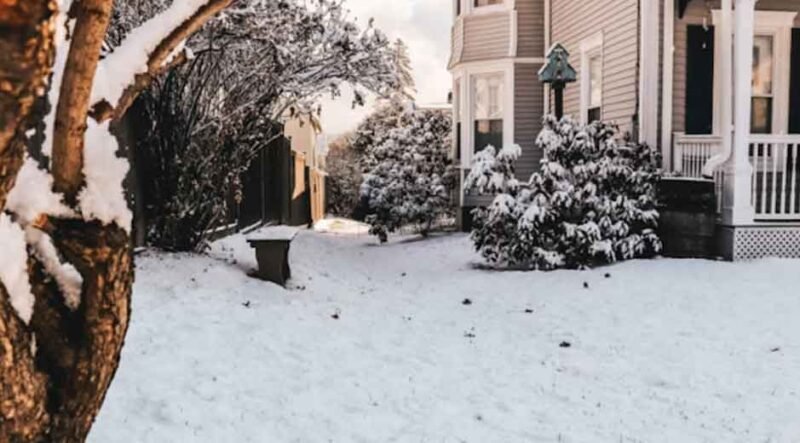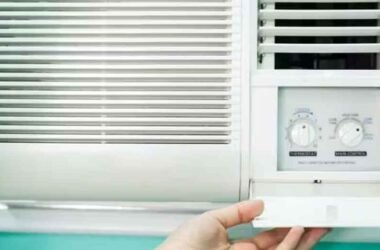As the nights in Kalispell, MT, start to get colder, many homeowners begin to notice familiar signs of the coming winter — fogged windows, chilly floors, and heating systems that suddenly seem louder than usual. When winter hits here, it’s not mild or forgiving. Temperatures can drop fast, and if your home isn’t ready, even a small issue can become a major problem. Many people only realize something’s wrong when their furnace stops working in the middle of a cold snap.
Preparing your home before winter doesn’t have to be stressful or expensive. It’s about being proactive rather than reactive. Simple maintenance steps and a few careful checks can save you from last-minute repairs, high heating bills, and long waiting times for service calls. Think of it as giving your home a check-up before it faces its toughest season.
Below are some practical things every homeowner should do before the snow and ice settle in for good.
1. Inspect Your Heating System Early
One of the biggest mistakes homeowners make is waiting until it’s freezing outside to turn on their heating system. By then, it’s often too late to deal with any issues quietly hiding inside the furnace or heat pump. It’s best to test your heating system while the weather is still mild. Turn it on, let it run for a while, and listen for any strange sounds. Notice if it takes too long to heat up or if the air coming out doesn’t feel warm enough.
Scheduling professional service can make a big difference in performance. Technicians can check parts you might not be able to inspect yourself, like the blower motor or electrical connections. If you use a heat pump, regular heat pump maintenance in Kalispell, MT ensures your system stays reliable through the entire winter.
2. Replace or Clean Air Filters Regularly
Air filters play a bigger role than most people think. They keep dust and debris from building up in your heating system and clogging airflow. When filters get dirty, the system has to work harder to move warm air, which raises your energy use and can shorten the life of the unit.
Before winter starts, check all your filters and replace them if they look gray or dusty. If you have washable filters, rinse them with water and let them dry completely before reinstalling. Clean filters help your system run efficiently and improve the air quality inside your home.
3. Make Sure Your Thermostat Works Correctly
A thermostat that doesn’t read temperature accurately or respond properly can lead to uneven heating and wasted energy. Before the cold sets in, test your thermostat. Set it a few degrees higher and see if your system starts promptly. If it doesn’t, there might be a wiring issue or dead batteries.
This is also a good time to consider upgrading. A programmable or smart thermostat allows you to schedule heating around your daily routine. It can automatically lower the temperature when you’re asleep or away and raise it before you wake up or get home. These small adjustments can reduce energy use and keep your home comfortable without constant manual control.
4. Check Insulation in Key Areas
Insulation is one of the most effective ways to keep your home warm and your heating costs under control. Many homes, especially older ones, lose a lot of heat through the attic, walls, and floors. Before winter starts, take a quick look in your attic. If you can see the tops of the ceiling joists, your insulation layer might be too thin. Adding more insulation is a smart way to improve energy efficiency and comfort.
Don’t forget to check around pipes and ducts too. These areas often get overlooked, but exposed sections can lose heat quickly. Wrapping them with foam insulation or fiberglass sleeves helps maintain steady warmth and reduces the risk of frozen pipes.
If you’re unsure about your home’s insulation levels, consider having a professional energy assessment done. It can help identify where your home is losing the most heat so you can focus your efforts where they matter most.
5. Clear and Protect Outdoor Units
Outdoor HVAC units work harder during the winter, and keeping them clear is essential for good performance. If you use a heat pump, make sure there are no leaves, grass, or debris stuck around the unit. Anything that blocks airflow can force it to work harder and shorten its life. Keep at least two feet of open space on all sides.
When snow starts to fall, check your unit regularly and brush off any buildup. Don’t cover the entire unit with a plastic sheet — that can trap moisture and cause rust. Instead, you can use a cover made for your specific model that allows air to circulate while keeping out debris.
If your system sits low to the ground, make sure melting snow drains away from it. Pooled water can freeze and damage components. A few minutes of attention every couple of weeks can help your system run smoothly all season.
6. Prepare for Winter Power Outages
Montana winters often bring strong winds and heavy snow, which can lead to power outages. It’s smart to prepare for that possibility before the season starts. Keep flashlights, spare batteries, and warm blankets in an easy-to-reach spot. Portable power banks are also useful for keeping phones charged during an outage.
If you have a portable generator, test it ahead of time and make sure you know how to use it safely. Never run it indoors or near open windows, as it produces carbon monoxide. If you rely on an electric heating system, having a small propane or battery-powered backup heater can help keep a single room warm until the power returns.
Planning ahead gives you peace of mind and ensures you’re ready for unexpected weather.
Getting your home ready for winter doesn’t require major upgrades — just consistent attention to the basics. Checking your heating system, sealing leaks, testing safety devices, and maintaining insulation can prevent many of the problems that homeowners face once the temperatures drop.
When you take the time to prepare, your home becomes more comfortable, your heating costs stay manageable, and you avoid the stress of last-minute repairs. A few hours of preparation now can save you days of trouble later. Winter in Kalispell can be demanding, but with the right steps, your home will be ready to handle it with ease.









